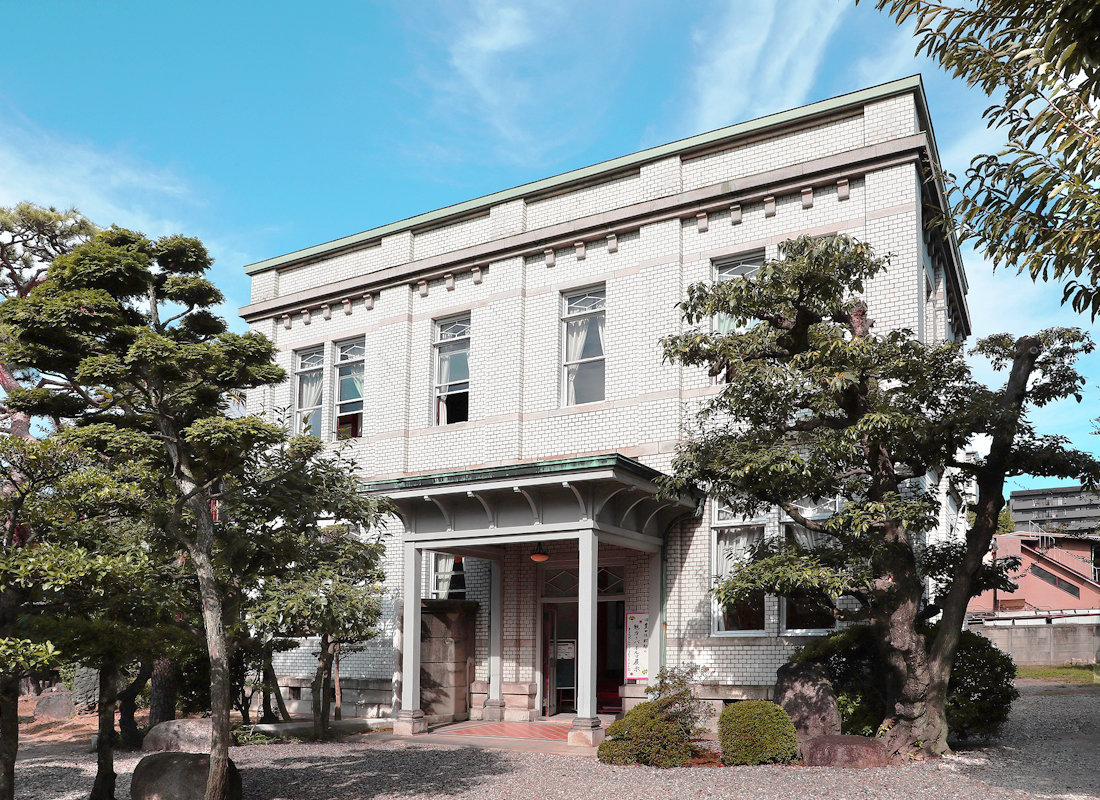Welcome to the
Cultural Path
The area stretching from Nagoya Castle to Tokugawaen has been dubbed the Cultural Path in recognition of its nature as a treasure trove of historical assets. As befits such a moniker, a large range of tales of Nagoya's culture and history remain alive and lively in the Cultural Path area to be told and enjoyed, and one aim of the Cultural Path movement is to being more people closer to this wonderful asset, as well as to preserve it and use it for good.
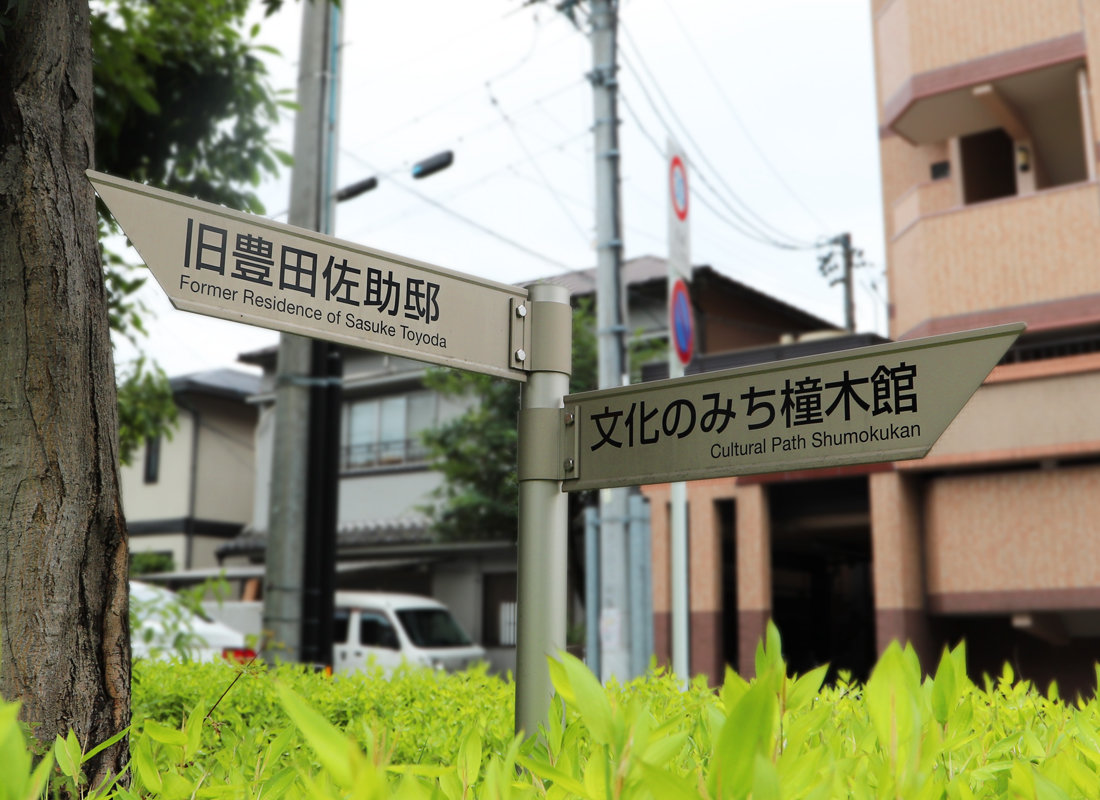
Enjoy the taste and design of the building.
There are a number of facets of the Cultural Path to enjoy. One of these is the quaintness and wonderful designs of the various buildings: the Cultural Path is lined with many striking structures that have survived from the Showa (1926-1988), Taisho (1912-1925), Meiji (1868-1911) and even Edo (1603-1867) Periods, not to mention fascinating cross-over examples of buildings incorporating changing architectural techniques over the eras. Indeed, a leisurely stroll taking in such magnificent buildings with that added extra flavor makes for an enjoyable time.
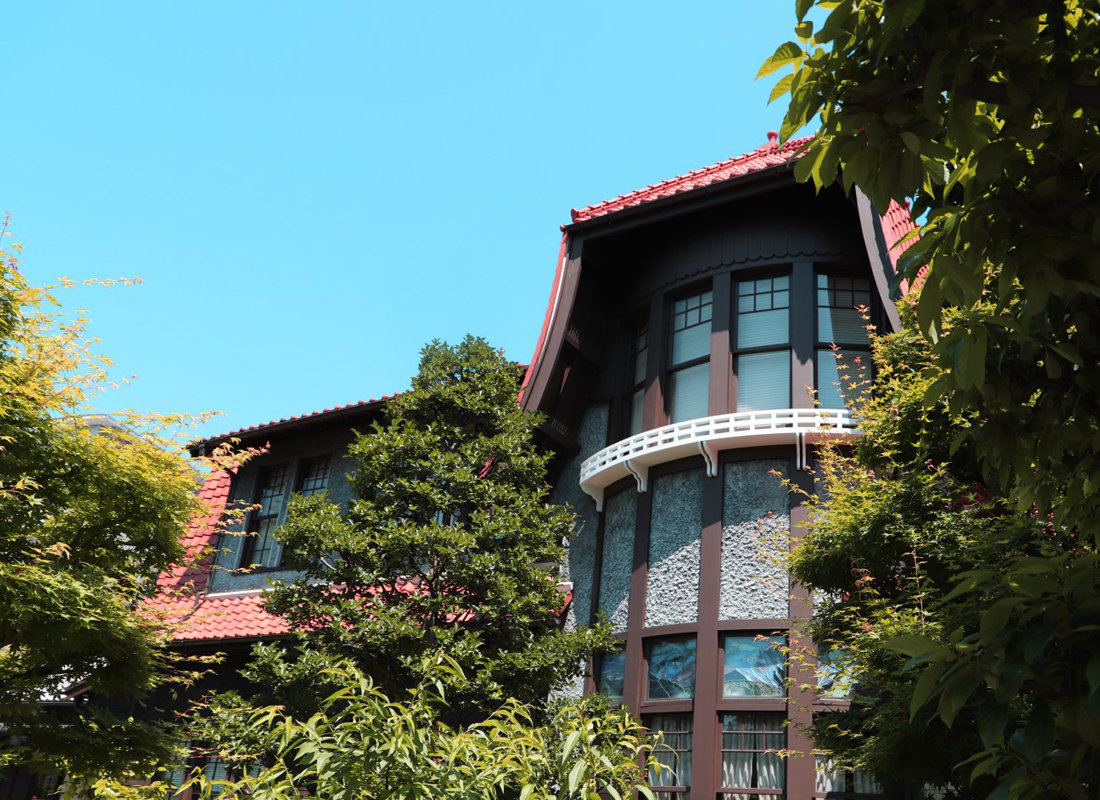
Enjoy the stories of people's encounters with each other at the crossroads.
Another source of great pleasure on the Cultural Path is hearing of the meetings of the great minds of the past that occurred here. Many of the people that went on to uphold and further Japanese industry met, lived and set up their businesses right here in the Cultural Path vicinity. Such are the importance of some of these happenstances that Japan would be a different place today if they had not occurred. The thrill of standing in such an important and auspicious place is another part of the Cultural Road to be enjoyed.
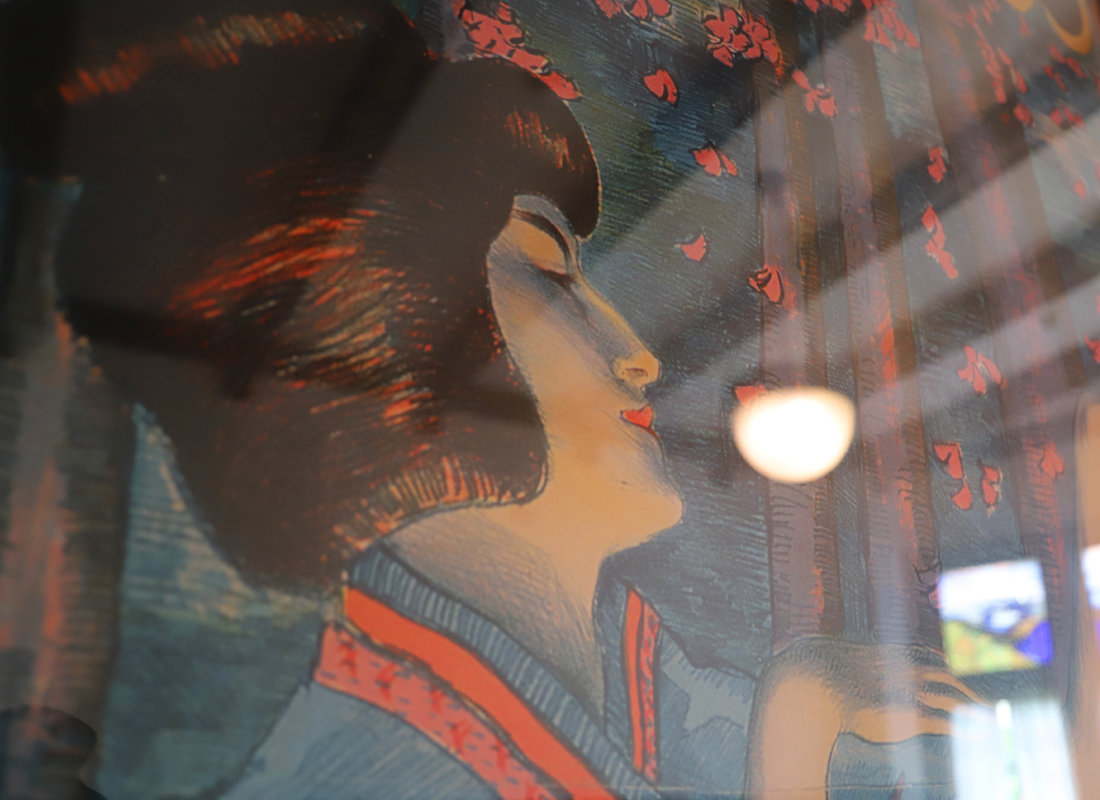
Enjoy the public use of the "Cultural Path."
Another great thing about the Cultural Path is that it is open to the public for use. People are encouraged to take part in events held in and around the Cultural Path area, get to know its historical background and immerse in the heady mood of bygone times. It is also possible for people to use the various facilities to hold exhibitions, concerts and other like events. There are even restaurants nestled in these attractive old buildings for people to have their taste buds tickled. Such practical use of the Cultural path is a fantastic way to pass these invaluable cultural treasures on to future generations by incorporating them into people's daily lives.
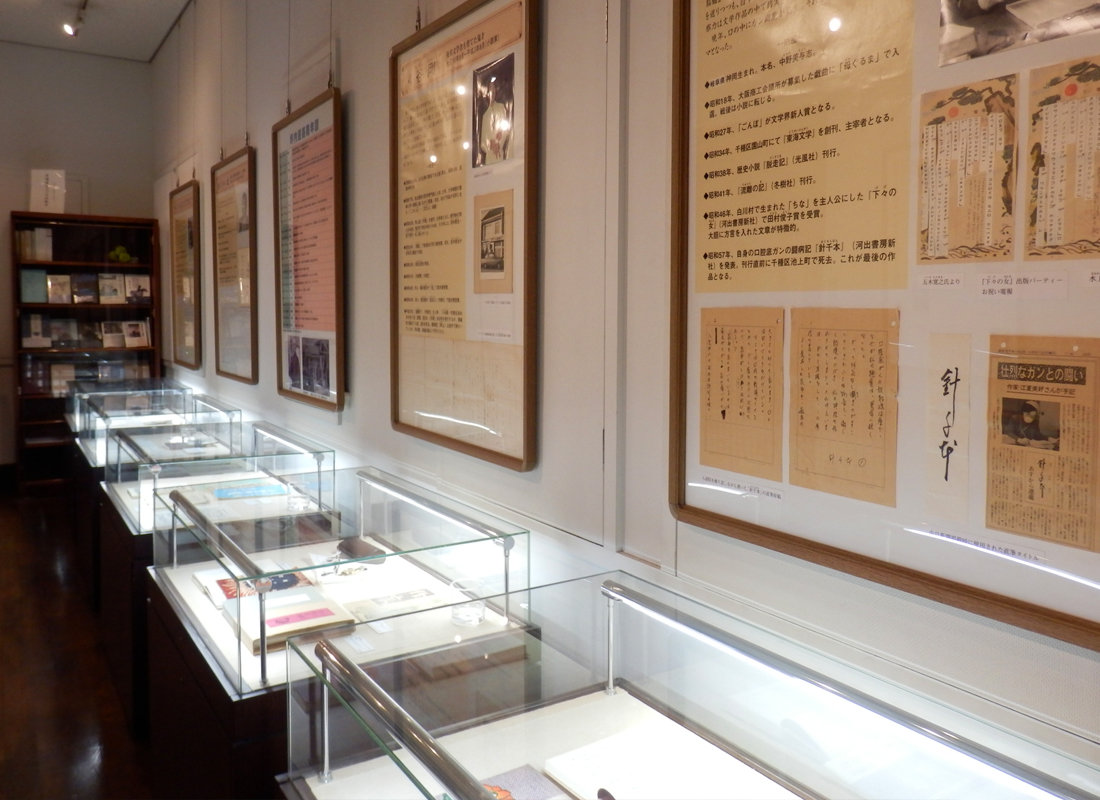
What is the Cultural Path?
In the Edo Period, the area leading from Nagoya Castle along to Tokugawaen was lined with the houses of middle- and lower-class samurai. From the Meiji through early Showa Periods, the area was a place where the entrepreneurs that went on to become captains of modern industry hobnobbed with missionaries, journalists and all sorts of other people.
-
Daimyo culture and the people's festivals
In the Edo Period, whereas the area to the south of Nagoya Castle was a commercial zone, the district to the east was a samurai residential area, and it is here that the roots of the Cultural Path lie. Not only was is the opulent daimyo culture there for modern visitors to see in the form of Nagoya Castle, the Tokugawa Art Museum and Kenchuji Temple, the old festivals of the working classes with their floats and lively festival music have also been lovingly preserved.
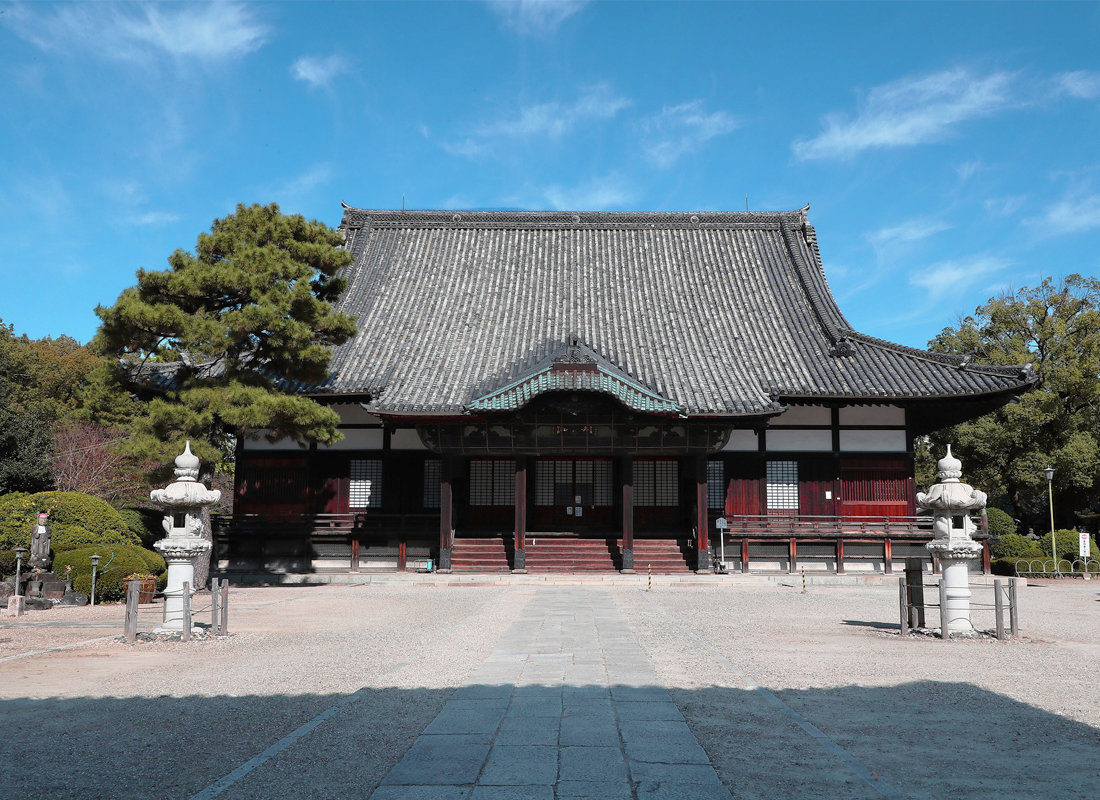
-
The cutting-edge of Meiji-Era industry
Given its access to Seto, this large district full of samurai houses became a thriving hub of export ceramics. Other factories in the area made matches, glass, watches and violins. It was around this time that Sakichi Toyoda and Eiichi Okuma set up machine industries.

-
A residential district full of Taisho-Period romanticism
As Japan entered the Taisho Period, the Cultural Path district transformed into a residential area for entrepreneurs. Even now, the former residences of Sasuke Toyoda, who was a pillar of support for his elder brother, the so-called "king of inventors" Sakichi, and successful exporter Tetsujiro Haruta, contributing to the overall historical and cultural atmosphere of the area.
